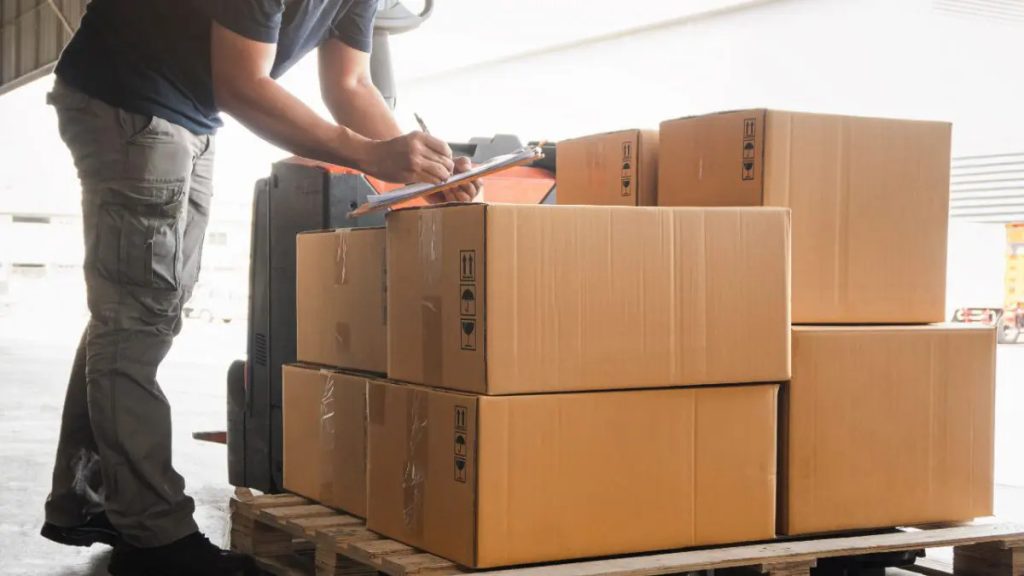Every business ends up with extra products at some point. Maybe sales didn’t go as planned, or demand changed suddenly. This is where two common terms come in: excess inventory and closeout inventory. They may sound alike, but they mean very different things. Knowing the difference can help you protect your money, save space, and plan better. It can also help you work smartly with Closeout Buyers who know how to move your stock fast.
What Is Excess Inventory?
Excess inventory means having more products than you can sell right now. These items are still in good condition. They didn’t sell as quickly as you expected. This can happen for simple reasons, maybe your forecast was too high, or customers changed their preferences. For example, if you ordered 1,000 units but sold only 600, the rest becomes excess. That extra stock takes up space and ties up your cash. You can still sell it later, but it may take discounts or bundles to make it move. The goal is to manage it early before it becomes a loss.
What Is a Closeout Inventory?
Closeout inventory is different. It’s a stock that a company has decided to clear out completely. These are products that won’t be restocked; maybe they’re old, seasonal, or no longer needed. When businesses want to move closeout goods fast, they often turn to Closeout Buyers. These buyers purchase large quantities at low prices and resell them in secondary markets, like discount stores or online platforms. This helps companies recover some money quickly and clear their warehouses for new items.
The Main Differences Between Excess and Closeouts
The biggest difference between excess and closeout inventory is purpose. Excess inventory still has sales potential. You might sell it through promotions or bundles. Closeout inventory, on the other hand, is meant to be sold off completely, usually at a steep discount. Excess stock can return to normal sales if demand improves. Closeouts are final. Once they’re gone, they’re gone. Understanding this helps you choose the right approach and decide when to involve Closeout Buyers for faster results.
Why Businesses End Up with Excess Stock
It’s easy to end up with extra inventory. Sometimes businesses order too much. Sometimes products don’t perform as expected. Market trends change fast, and a popular item one month may stop selling the next. Slow marketing, delays in delivery, or wrong timing can also add to the problem. The key is to spot it early. Use sales data, track your stock, and stay updated on what customers want. The faster you react, the easier it is to control the extra stock.
Why Closeouts Happen
Closeouts usually happen when a product’s life cycle ends. Maybe it’s an older model, or a company is switching to a new version. Sometimes, businesses close or rebrand and need to clear everything out. In these cases, selling to Closeout Buyers is one of the smartest moves. They buy your leftover goods in bulk, pay fast, and handle the resale. You get quick cash and save time, without having to run big clearance sales yourself.
Smart Ways to Manage Excess Inventory
Dealing with extra stock doesn’t have to be hard. A few simple strategies can help:
- Run limited-time sales to spark quick interest.
- Bundle slow-moving items with your bestsellers.
- Offer volume discounts to customers or wholesalers.
- Return or exchange goods with suppliers if possible.
You can also reach out to Closeout Buyers before your stock becomes outdated. They often buy excess goods that still have good value. This helps free up storage space and improve your cash flow.
How to Handle Closeout Inventory
When you have closeout inventory, you need to act fast. These products lose value the longer they sit. Here are a few ways to move them quickly:
- Work directly with trusted Closeout Buyers who specialize in liquidations.
- List products on online platforms like eBay or Amazon at clearance prices.
- Organize a “final sale” event to attract bargain shoppers.
- Export to regions where your products are still in demand.
The goal is simple: clear the stock quickly, recover as much cash as possible, and make room for new inventory.
The Role of Closeout Buyers
Closeout Buyers are experts at clearing unsold goods. They buy products in bulk and resell them in different markets. This helps companies move stock fast and get paid right away. They also help protect your brand’s image. Instead of holding a big public sale that might hurt your pricing, they move the products quietly through private channels. You save time, space, and money while keeping your brand reputation safe.
Why Good Inventory Management Matters
Poor inventory management costs money. Extra stock means extra storage, tied-up cash, and lost opportunities. When you manage your excess and closeout stock wisely, you keep your business healthy. Selling off old stock frees up space and brings in quick cash. It also helps you focus on products that sell better. Working with Closeout Buyers makes this process easier and smoother. You can turn what seems like a loss into a win.
How to Avoid Excess and Closeouts in the Future
The best solution is to plan better. Use tools that track sales and show what customers really buy. Keep your team updated on what’s moving and what’s slowing down. Order in smaller batches if you’re unsure about demand. Review your stock regularly instead of waiting until it piles up. A little planning can save you a lot of trouble later.
Building Good Partnerships with Closeout Buyers
Having a trusted Closeout Buyer can be a huge help. They can step in anytime you need to clear out products fast. A long-term partnership means you don’t have to start from scratch each time. Reliable buyers know your products and market. They give fair prices and move your goods quickly. This kind of relationship keeps your business flexible and ready for any change.
Conclusion
Every business deals with excess or outdated stock. The key is knowing what to do when it happens. Excess inventory needs smart selling strategies. Closeout inventory needs quick action and trusted partners. Working with Closeout Buyers helps you recover cash, save space, and protect your brand. With good planning and the right strategy, even unsold stock can turn into new opportunities. Managing inventory well isn’t just about clearing shelves; it’s about keeping your business strong, steady, and ready for what’s next.

